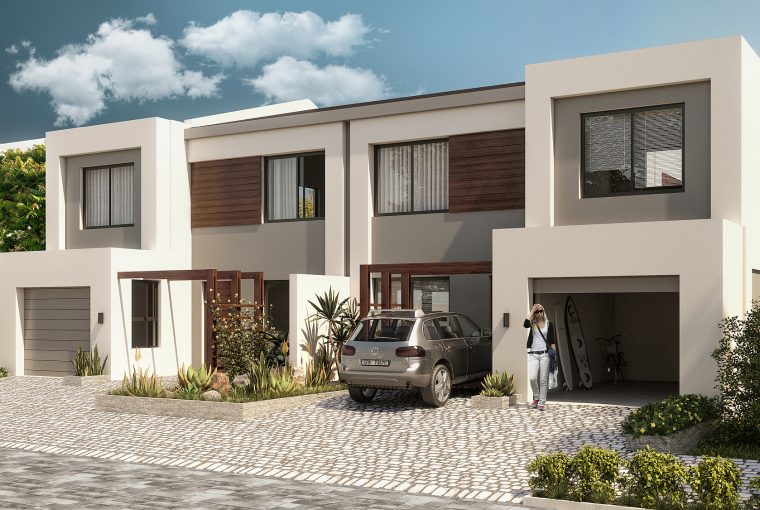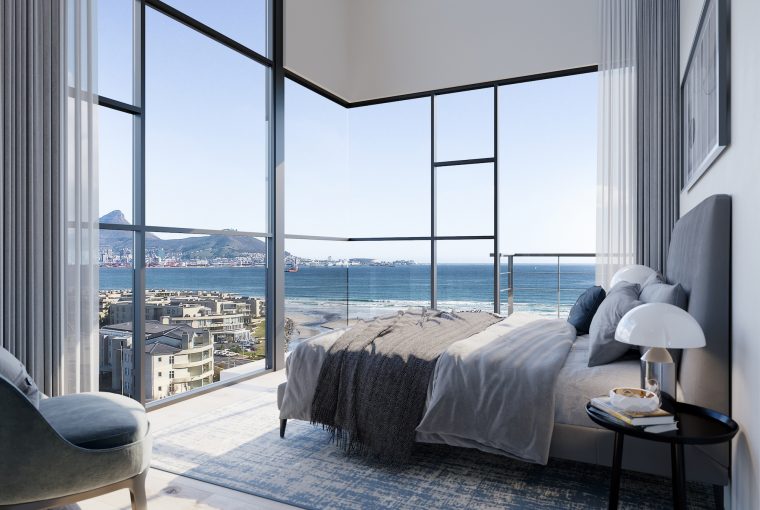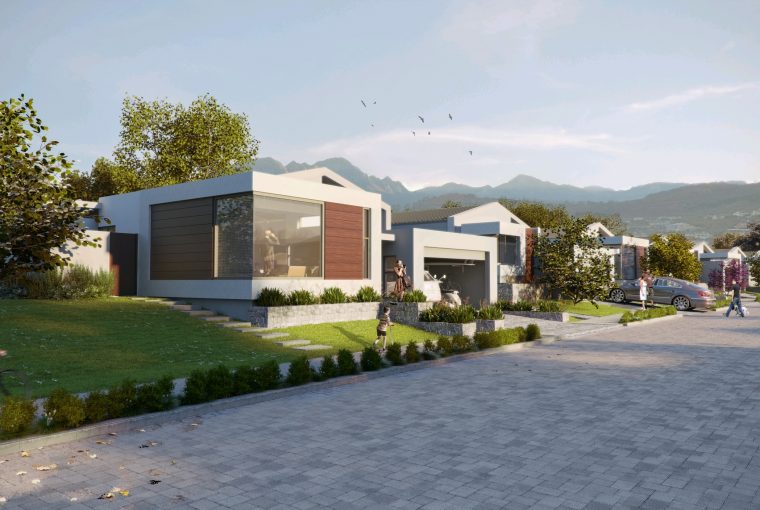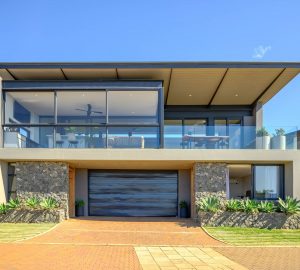Demand for space sees shift towards freehold homes and two and three-bedroom sectional title units
Demand for space sees shift towards freehold homes and two and three-bedroom sectional title units
One of the characteristics of the post-lockdown resilience in the housing market is the strong demand from young and first-time buyers – with the latter, according to ooba, currently comprising 52.4% of residential property purchases for the year to September (2020).
While this would traditionally signal strong demand for sectional title homes – the preferred property type among first-time buyers for the security, low maintenance, lock-up-and-go lifestyle and relative affordability – an interesting trend appears to be emerging, says Dr Andrew Golding, chief executive of the Pam Golding Property group.
“What is becoming evident in this new ‘post-hard lockdown’ environment is that freehold house price inflation has stabilised and is beginning to strengthen marginally, while price growth for sectional title homes continues to slow. For the year to date (Jan – Oct 2020), freehold house price inflation has averaged 2.6%, while sectional title inflation has averaged just 1.8%.
“This suggests that demand, in the post-lockdown environment, is stronger for freehold homes than sectional title homes – in a reversal of a long-term shift towards sectional title homes. It seems likely, however, that this demand is probably being felt less in the traditional, relatively more expensive suburbs and more in relatively affordable areas on the periphery of metro areas or in previous holiday and retirement towns.”
SOURCE: Lightstone
Adds Dr Golding: “And for those opting to purchase a sectional title home, there is an apparent shift towards wanting more space in the apartment for work-from-home scenarios. In some instances, we are seeing that some developers are converting one-bedroom apartments to two-bedroom units – most likely in order to allow occupants to set aside a dedicated space for those now able to work from home or provide extra space for an additional family member.”
For example, in Burmeister on Park in Milnerton on Cape Town’s burgeoning Western Seaboard, such is the demand for two-bedroom units that the developers have reconfigured one-bedroom units to two in order to cater for such buyers. Selling for R2.85 million, the larger 80sqm, two-bedroom option is aimed at owner-occupiers and investors who want the convenience of the location along with the lifestyle, says Emarie Campbell, Pam Golding Properties area principal on the Western Seaboard.
“This trend towards two bedrooms rather than one makes good sense as a spacious two-bedroom, two-bathroom apartment is always in demand, while there are sufficient vacant one-bedroom units to buy and an over-supply of one-bedroom apartments to rent in this area. This is largely due to the fact that tenants have either moved into a share situation or back with their families as the fallout from Covid-19 and the lockdown manifests itself, while the traditional Airbnb market has come to a halt.”
“Interestingly,” adds Campbell, “there is also a trend for micro units of around 30sqm and priced under R1 million, catering for first-time buyers in the area close to city centres or commercial hubs.”
Katya Varga, assistant area and projects manager for Pam Golding Properties in Stellenbosch and Somerset West adds: “In Stellenbosch two-bedroom units have always been the most popular, although one-bedroom and studio units also perform well here, no doubt largely due to the accessible price point. A trend of students favouring living on their own is emerging too, as in this post-Covid environment, parents of students show a preference for the isolation opportunity which studio and one-bedroom units offer.
“In Mzuri residential development in Somerset West, the developers have reworked their 132 one and two-bedroom apartment offering to 84 two-bedroom row-houses, pet-friendly and with small enclosed gardens, priced from R1.595 million including VAT and targeting millennials and first-time home buyers.”
Says Sandra Gordon, Pam Golding Properties senior research analyst: “The Pam Golding Residential Property Index provides a breakdown for two and three-bedroom apartments (not one-bedroom) but here too the demand for larger apartments is apparent, with price outperformance of three-bedroom apartments over two-bedroom units. Growth in prices in this category shows that demand is outstripping supply, and it appears likely that there are fewer three-bedroom apartments on the market than two or one-bedroom apartments.
“For the year to date (Jan – Oct 2020), average house price inflation for three-bedroom apartments has averaged 2.04% while for two-bedrooms it has averaged 1.6%. However, the growing divergence in house price inflation between two and three-bedroom apartments is more apparent when looking at the latest data which reveals that three-bedroom house price inflation rose to 2.8% in October compared to just 1.9% for two-bedrooms.”
SOURCE: PGP Index
Gordon makes the point: “The growing demand for freehold homes among young buyers could also explain why two-bedroom freehold homes are enjoying stronger growth in prices than three-bedroom homes, which would presumably be preferred by families.
SOURCE: PGP Index
“For the year to date (Jan – Oct 2020), house price inflation for three-bedroom freehold homes has averaged 2.9% compared to 3.9% for two-bedroom homes. In October, house price inflation had risen to 4.4% for two-bedroom versus 3.2% for three-bedroom freehold homes.”
For further information contact Pam Golding Properties via headoffice@pamgolding.co.za or visit www.pamgolding.co.za .
Posted by The Know - Pam Golding Properties












